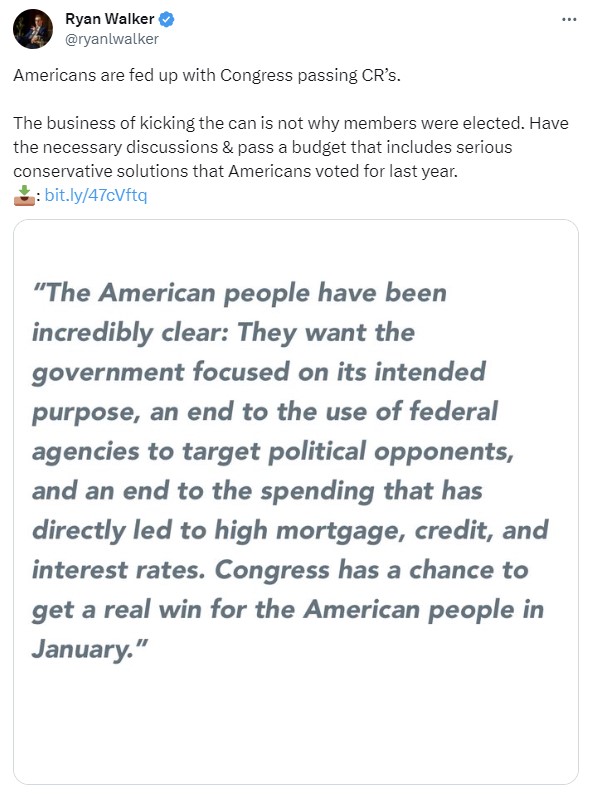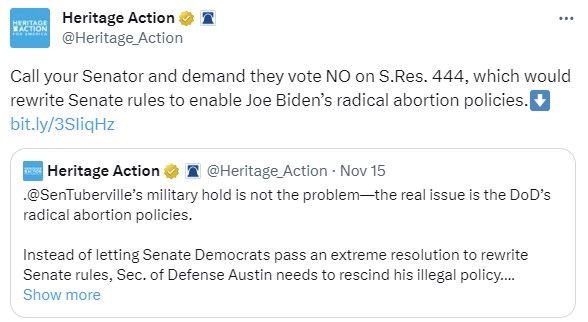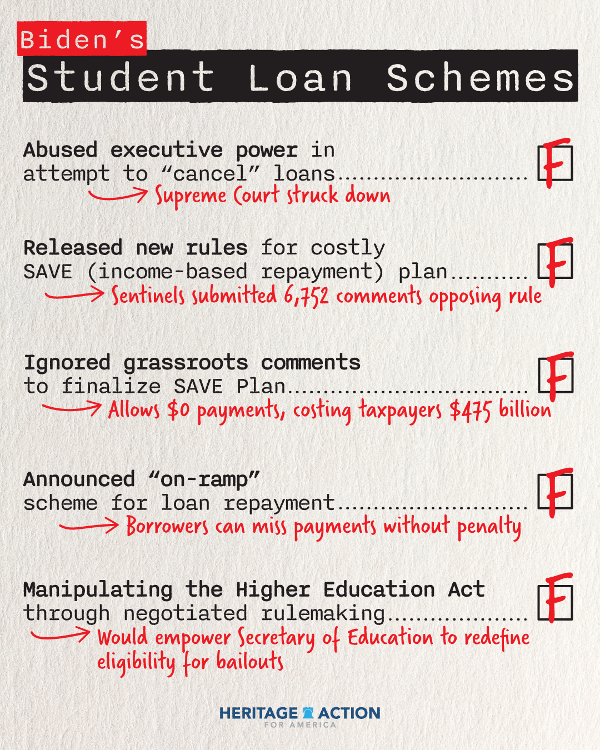In September, the House passed a continuing resolution (CR) to extend government funding at current levels until November 17th. While the House made progress on passing the 12 appropriations bills needed to fund the government, the House had completed passing 7 out of 12 bills, and the Democrat Senate lagged woefully behind passing only 3 out of the 12 appropriations bills.
Speaker Johnson led the House to pass a “laddered” continuing resolution. This CR extends government funding but structures its expiration dates so that the first four appropriations bills would need to be passed by January 19th, and the remaining eight two weeks later on February 2nd.
CRs have long been an enabling force in Washington DC’s spending addiction as they are oftentimes followed up by an “omnibus” (a singular bill that combines all 12 appropriations bills) or a series of smaller “minibuses.”
This laddered CR however, disrupts the chances of Congress passing massive spending bills in a holiday buzzer beater when members are anxiously trying to leave Washington to get back to their districts in time for Christmas. Speaker Johnson’s end goal is to avoid a bad omnibus bill, seriously slash spending levels, and institute meaningful conservative policies.
Nothing in DC happens in a vacuum, and so it’s important to remember the other spending requests being debated, namely more Ukraine funding. Washington has failed to provide oversight and accountability for the funds already sent to Ukraine, but still, Biden is requesting more. Democrats in Congress — and even some Republicans — are trying to give Biden what he wants, and are pushing for more Ukraine funding. And while CRs are not the preferred method of governance for conservatives, Johnson’s CR did NOT have Ukraine funding attached, and so it has had the effect of slowing momentum for this issue.
>>>Read Heritage Action’s latest Press Release<<<





